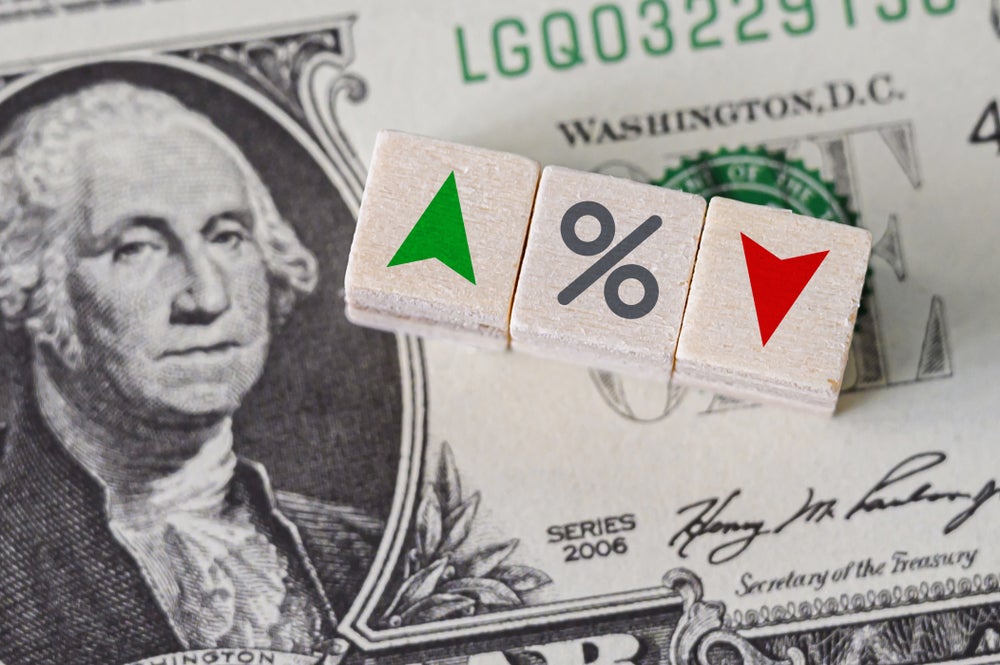Kleinhenz underscored the role of consumer behaviour in driving the strength of the US economy, particularly in light of the Federal Reserve's attempts to mitigate inflationary pressures.
He explained inflation and the US Federal Reserve’s efforts to bring it under control will continue to play a major role in the economy this year.
Kleinhenz's insights were revealed in the March edition of NRF's Monthly Economic Review, which highlighted January's inflation rate of 3.1% year-over-year was a slight improvement from December's 3.4%.
However, Kleinhenz added that the figure was still notably above the Federal Reserve's target of 2%. The review also cited the Personal Consumption Expenditures Price Index, the Fed's preferred measure, which recorded a 2.4% inflation rate in January, down from 2.6% in December.
The Federal Reserve opted to keep interest rates unchanged in January, which was the fourth consecutive time over seven months. The decision was attributed to a perceived improvement in the balance between employment and inflationary objectives.
Kleinhenz shared that a rate reduction by the Federal Open Markets Committee would not be appropriate until it has “gained greater confidence” that inflation is "moving sustainably" towards the 2% target.
Kleinhenz projected that the Federal Reserve would maintain rates in March, with potential cuts of a quarter percentage point either in April or June.
However, the timing of these adjustments would depend on prevailing inflationary indicators, with mid-year cuts appearing more probable if inflation trends persist.
A significant point of analysis raised by Kleinhenz was the disparity between service-based and commodity-based prices. While services experienced a 4.9% year-over-year increase in January, commodity-based prices, including retail goods, rose 0.1% during the same period, as indicated by the Consumer Price Index (CPI).
He believes this observation underlines a shift in consumer spending habits, with expenditure returning to services following a surge in goods spending during the pandemic's initial phase.
According to the data, there was a decrease in overall consumer spending in January. This was mainly due to a decline in spending on goods and lower prices of goods, despite an increase in spending on services and higher prices of services. prices.
Kleinhenz highlighted the implications of sustained strength in services spending and inflation within the service sector, suggesting that the Federal Reserve may be cautious about rate adjustments.
Federal Reserve chairman Jerome Powell echoed these sentiments, emphasising the importance of monitoring non-housing services as indicators of inflationary trends.
Powell noted challenges facing the service sector, including the current labour market, which has “very high” wages and job growth, “quite elevated” vacancies and an imbalance between supply and demand.
The economist also predicted that subsequent cuts in September and December could result in a cumulative reduction of between three-quarters and a full percentage point.
















